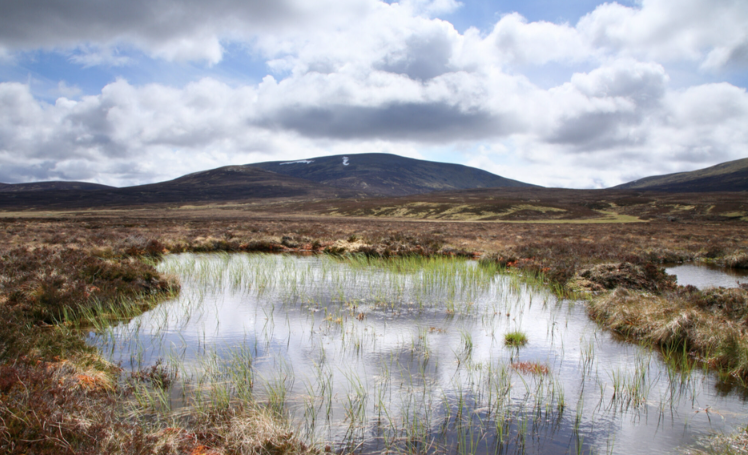
WorldPeatland
Although peatlands cover only 3% of the Earth’s land surface, they store twice as much carbon as all the world’s forests combined. According to the Global Peatlands Initiative (UNEP, 2022), 12% of global peatlands have been drained or degraded, contributing to approximately 4% of annual global human-induced emissions.The WorldPeatland project utilizes Earth Observation to monitor peatland conditions globally, aiming to support sustainable management and restoration with scientifically validated indicators.
Source : UNEP
The WorldPeatland project, launched in September 2023 , aims to develop and test an advanced Earth Observation-based approach to globally monitor the condition of intact, degraded, and cultivated peatlands. Carried out by a European consortium including Assimilia (UK), KU Leuven (BE), the University of Leicester (UK), INGV (IT), and Durham University (UK), the project is building a robust prototype system that supports evidence-based decision-making for conservation, sustainable management, and restoration.
The core of the project is the development of a series of integrated indicators derived from Earth Observation data products, supported by reference datasets and consolidated through a refined Algorithm Theoretical Basis Document (ATBD) and Technical Specification. These indicators aim to provide an objective, scalable, and scientifically sound basis for assessing the condition of peatlands over time and across regions. During the latest reporting period, the project focused on finalising the design of these indicators, advancing the technical documentation, and consolidating the data products generated during the proof-of-concept phase. It also continued to gather EO input data and reference datasets to improve the system’s reliability and applicability.

